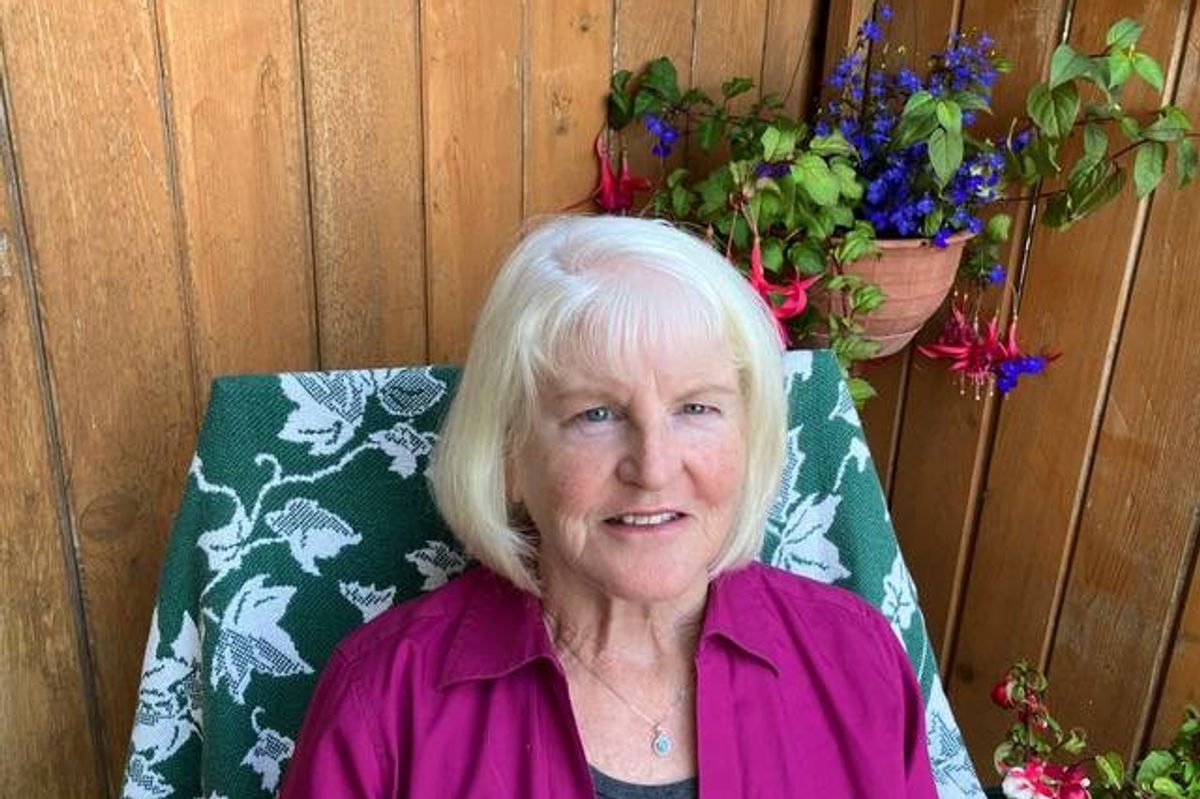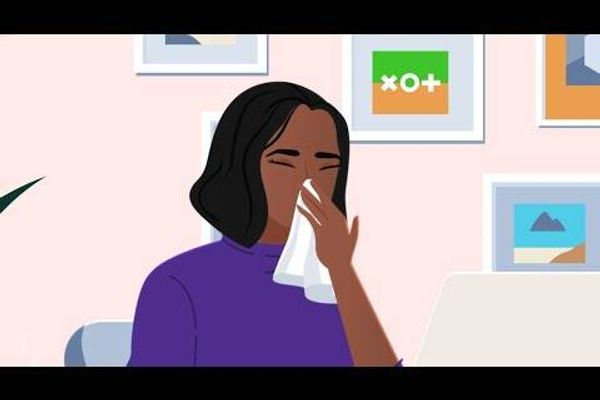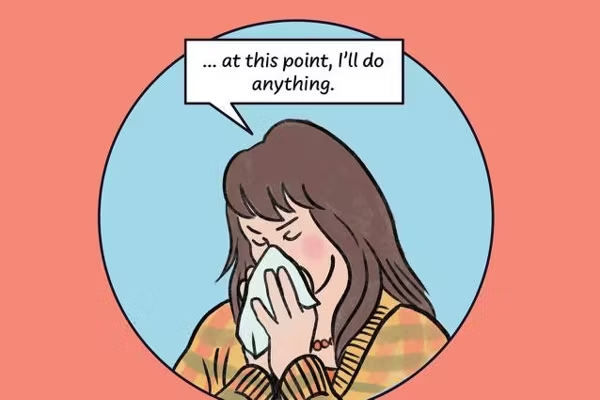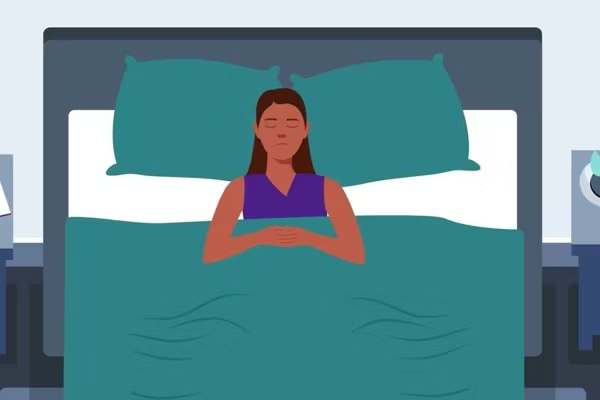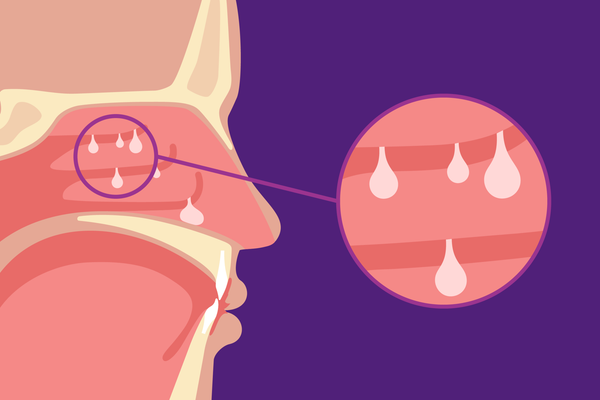As told to Nicole Audrey Spector
I was in my mid 40s working as a paraeducator in elementary schools in the 1990’s when I began experiencing asthma and allergy symptoms. Over the counter allergy medications relieved my symptoms. But about five years later, the symptoms became severe. I was very tired and had this scary feeling that I wasn’t getting enough air in when I inhaled. My primary doctor sent me to an ENT who looked up my nose and said I had a sinus infection. He prescribed me steroids and antibiotics. I took them and felt fine for a while.
Several months later, I was at work and felt a storm of allergy symptoms come on. At lunch, I took an oral decongestant and returned to work, struggling through the day as my symptoms worsened. By the time I got home, my eyes were flushed red and my nose was gushing. Again, I had that scary feeling of not getting enough air. I booked another visit to the ENT.
This time, the ENT prescribed me not only antibiotics but an inhaler to treat asthma. That inhaler, which I had with me at all times, provided breathing relief when needed. For several years, I was pretty much fine. I seldom needed to see my ENT. Until I had another flare-up — one that changed everything.
After a hot day out wine tasting and not staying hydrated enough, I had a major allergy attack. My nose was deeply congested, and I could tell I had a sinus infection. The ENT examined me and found something interesting when looking in a scope up my nose: nasal polyps. These can make life incredibly uncomfortable. They block sinus drainage and create sinus infections. Polyps also can make it hard to breathe and interfere with your sense of smell.
To shrink the polyps, I could load up on steroids — again — and possibly long term. Living with the various side effects of steroids for who knew how long wasn’t something I wanted. My doctor didn’t want that either. So we talked through another option: a septoplasty to correct my deviated septum and, with it, surgery to remove the nasal polyps.
In March 2009, I went ahead with the surgery. Everything went smoothly … until I was recovering at home. I took the strong acetaminophen medication the doctor prescribed for post-surgery discomfort. I became violently sick to my stomach and was vomiting.
I called my doctor who told me to stop taking the medication. At a follow-up appointment soon after, he explained that I had Samter’s triad. Today, this is more commonly known as aspirin-exacerbated respiratory disease (AERD). AERD is a chronic disease that causes asthma, sinus disease and recurrent nasal polyps.
It was a breakthrough diagnosis. It uncloaked the mystery of what had been going on with me all these years. But it was also upsetting. I understood that the nasal polyps would return and that another surgery would be necessary in the future. My doctor estimated that the nasal polyps would grow back within 10 years. Also upsetting was that after the surgery, my sense of smell had greatly diminished. Sometimes it wasn’t there at all.
I spent a lot of time researching AERD. I read stories about other people living with AERD and how they managed the disease. It was helpful to be not only up to date on all the medical research, but looped into a community going through the same health issues as me.
Life went on and with it, a back-and-forth routine with nasal sprays and the occasional and highly undesirable steroid treatment. Thirteen years later, in January 2022, I had a second surgery to remove the nasal polyps that had grown back. My sense of smell, already touch and go, was once again squashed by the surgery.
By then, I’d also been diagnosed with eosinophilic asthma, a subtype of asthma that creates extreme inflammation in my respiratory system and contributes to the deadening of my sense of smell.
Living with both AERD and eosinophilic asthma can be tough, but a few months before my second surgery, I learned there’s a very effective way to manage symptoms. It’s the thing you’d think would harm you when diagnosed with AERD. The thing is aspirin.
You go through what’s called aspirin desensitization, a clinical procedure where a person with aspirin sensitivity, such as myself, is gradually exposed to higher and higher doses of the drug to create tolerance. I read a considerable amount of research about this procedure and talked about it with my ENT and allergist too. Once educated, I felt 100% ready and willing to do it.
It’s crucial to undergo aspirin desensitization within two months after the removal of nasal polyps. Some of the medical schedulers I talked to didn’t seem to listen to me or just didn’t care that time was of the essence. They were happy to push the appointment far into the future. I realized I would have to be persistent and advocate for myself. Eventually, my persistence paid off and the desensitization procedure was scheduled for March 2022, two months after sinus surgery.
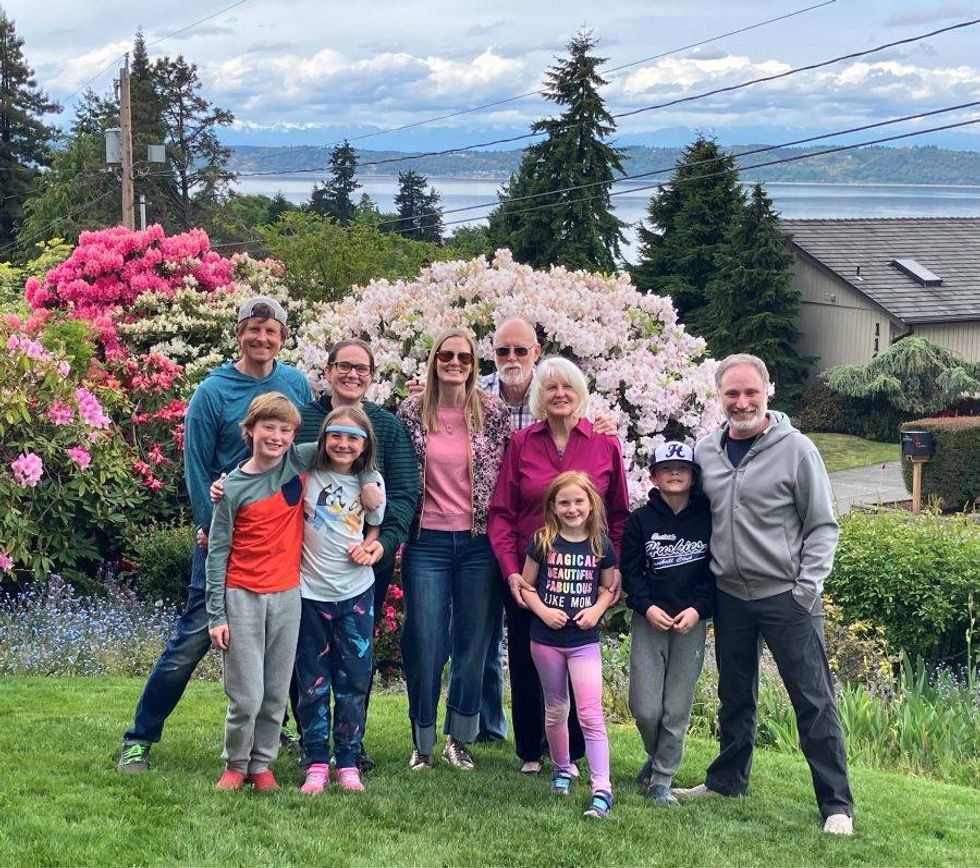
Aspirin desensitization is pretty interesting. For two days, in two eight-hour blocks, my breathing was monitored while I was being administered aspirin. The amount of medication was gradually increased while I was closely monitored. Close attention was paid to my reactions. The goal was to get my body right to the point of tolerance so that I could take aspirin daily as a long-term treatment for managing AERD. And it worked: My body got there.
Since then, I’ve been taking aspirin twice a day every day. It’s made a real improvement in my quality of life and I don’t need to take other drugs nearly as often. My sense of smell isn’t perfect – it’s highly sensitive to environmental factors, including temperature changes, but most mornings I do wake up with it.
Though grateful, I do have some concerns. Long-term aspirin use can be bad for your stomach and liver. And then there’s all the insurance details. Anyone with a disease like this who is on Medicare and not incredibly wealthy must worry about insurance. I’m not just talking about the cost of meds (aspirin is affordable but one inhaler I need is expensive), I’m also talking about coverage for healthcare providers.
But there is far more good than bad. I’m polyp-free, for now, and I find incredible value in the Allergy & Asthma Network. There are so many people sharing personal experiences and so much up-to-date research made easily accessible. A lot of people live with AERD and/or eosinophilic asthma and don’t know they have it. They may never get the right treatment. Nasal polyps may be hard to detect because you need an ENT to look up your nose with a special scope. It’s so important to go into self-advocate mode if you have serious health concerns like allergies and asthma. This can lead to positive outcomes for you.
One of my greatest hopes is that there will be more medical research devoted to these conditions that I and so many other people live with. I’d like to be as involved as possible and sign up for a clinical study. I have not yet found appropriate opportunities. And though I’m content with my current treatment plan, I’m eager to see what more will emerge as medicine advances and awareness around AERD grows.
Resources
Have your own Real Women, Real Stories you want to share? Let us know.
Our Real Women, Real Stories are the authentic experiences of real-life women. The views, opinions and experiences shared in these stories are not endorsed by HealthyWomen and do not necessarily reflect the official policy or position of HealthyWomen.

